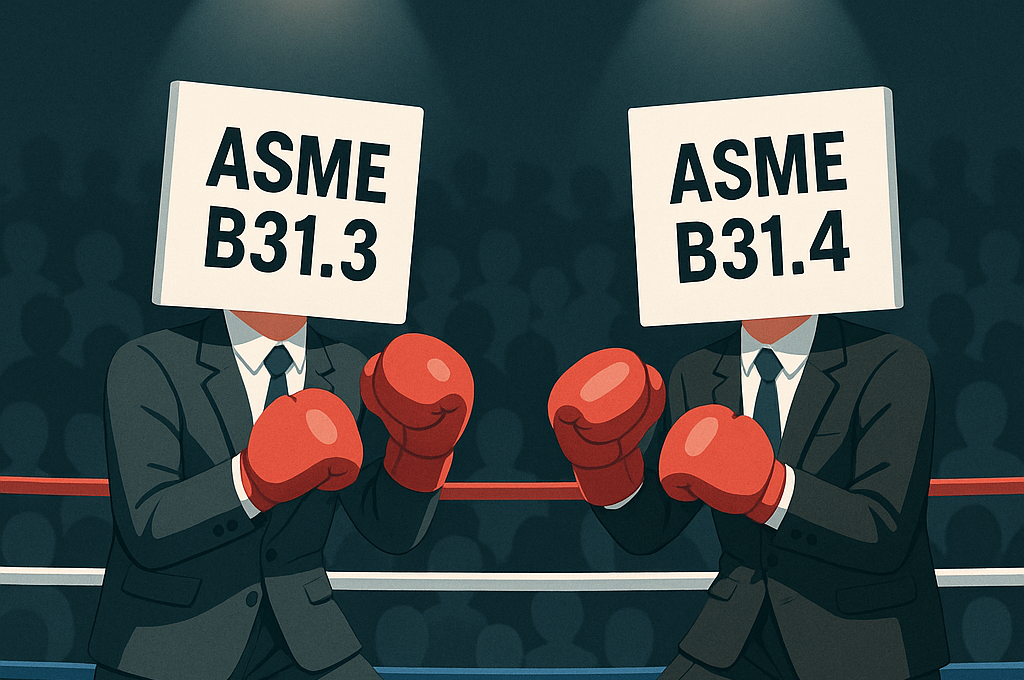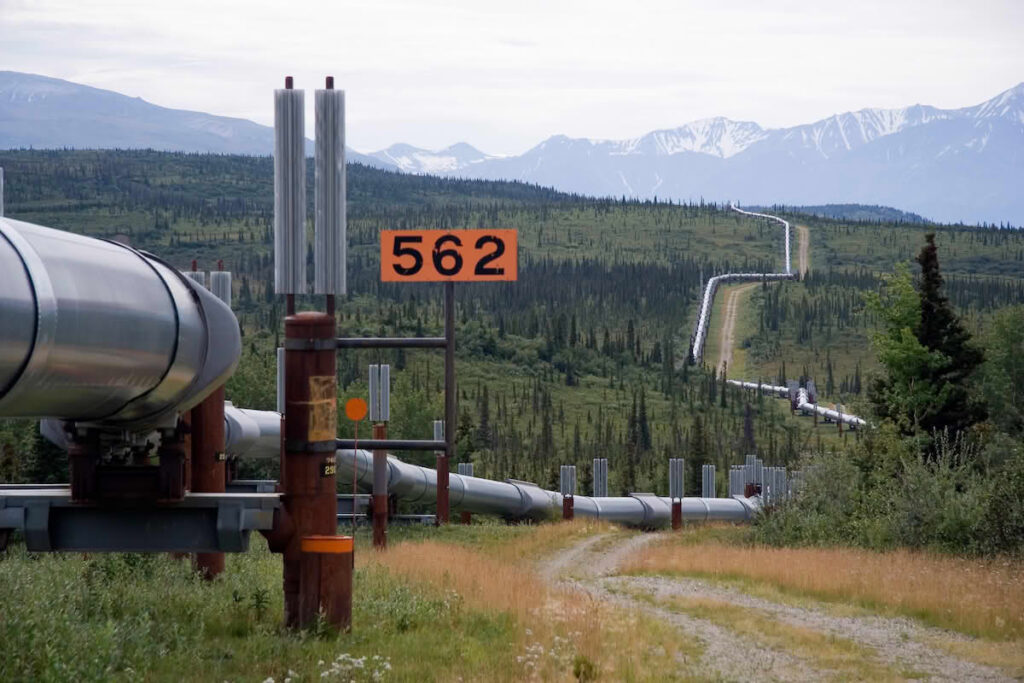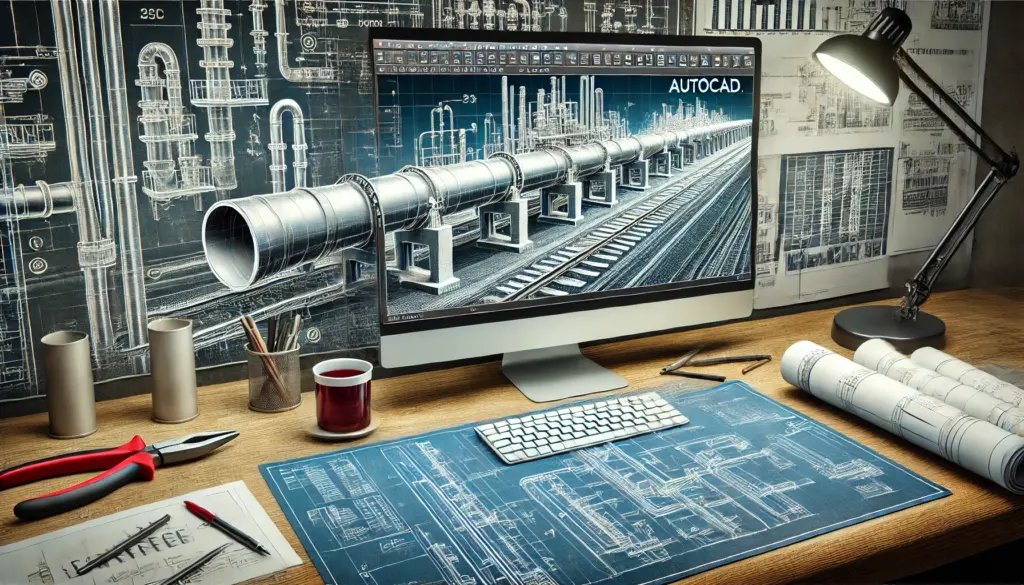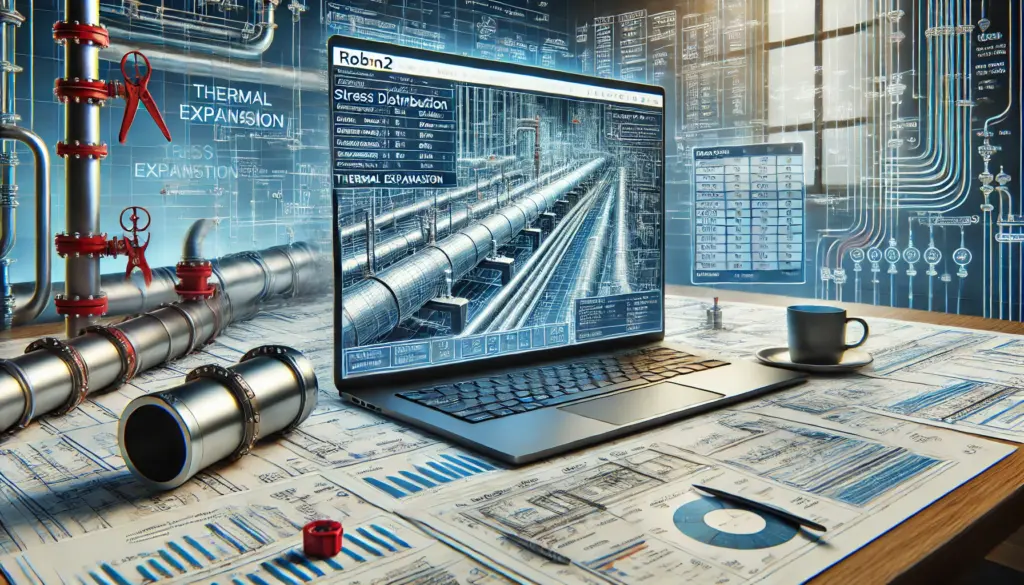Here’s a breakdown of the key differences between Pipeline Engineering and Piping Engineering:
1. Scope & Application
– Piping Engineering:
– Primarily on-plot (within plant boundaries, e.g., refineries, chemical plants).
– Connects equipment (vessels, pumps, exchangers) in a process facility.
– Higher complexity with fittings, supports, and flexibility requirements.
– Pipeline Engineering:
– Cross-country/long-distance (off-plot, transporting fluids/gas between facilities).
– Simpler layout but larger scale (hundreds of kilometers).
– Subject to land rights, environmental regulations, and route optimization.
2. Design Codes & Standards
– Piping:
– ASME B31.3 (Process Piping) – Covers process plants, power plants, etc.
– More conservative design due to higher risk of failure in congested areas and inside the fence.
– Pipeline:
– ASME B31.4 (Liquid Pipelines) – For crude oil, water, etc.
– ASME B31.8 (Gas Pipelines) – For natural gas, CO₂, etc.
– Design considers external loads (soil, crossings, traffic, seismic).
3. Wall Thickness Calculation
– Piping:
– Follows standardized formulas in B31.3 (based on internal pressure, corrosion allowance, mechanical strength).
– Often considers thicker walls due to higher safety factors (risk of leaks in plants is severe).
– Pipeline:
– Process-driven (pressure, fluid type, temperature, external forces).
– Uses API 5L for material specs.
– Wall thickness may be thinner but designed for external stresses (e.g., soil load, third-party interference).
4. Failure Consequences & Safety
– Piping:
– Failures can cause fires, explosions, toxic releases in confined areas.
– Requires higher safety margins (e.g., more inspections, corrosion protection).
– Pipeline:
– Failures lead to environmental damage, spills, or supply disruptions.
– Safety managed via leak detection systems, block valve stations, cathodic protection, and right-of-way monitoring.
5. Construction & Materials
– Piping:
– More welded joints, elbows, valves, supports.
– Often SS, alloys, or CS depending on service.
– Pipeline:
– Longer pipe sections (minimizing welds).
– Common materials: CS (API 5L), sometimes with coatings (FBE, 3LPE).
6. Regulatory & Compliance
– Piping:
– More frequent inspections (e.g., API 570 for in-service piping).
– Pipeline:
– Requires hydrotesting, inline inspection (ILI), and ROW patrols.
While both disciplines involve fluid transport, piping engineering focuses on complex, high-risk plant systems, whereas pipeline engineering deals with long-distance, large-scale transmission with different safety and regulatory considerations. The wall thickness, codes, and design philosophy reflect these distinct operational environments





